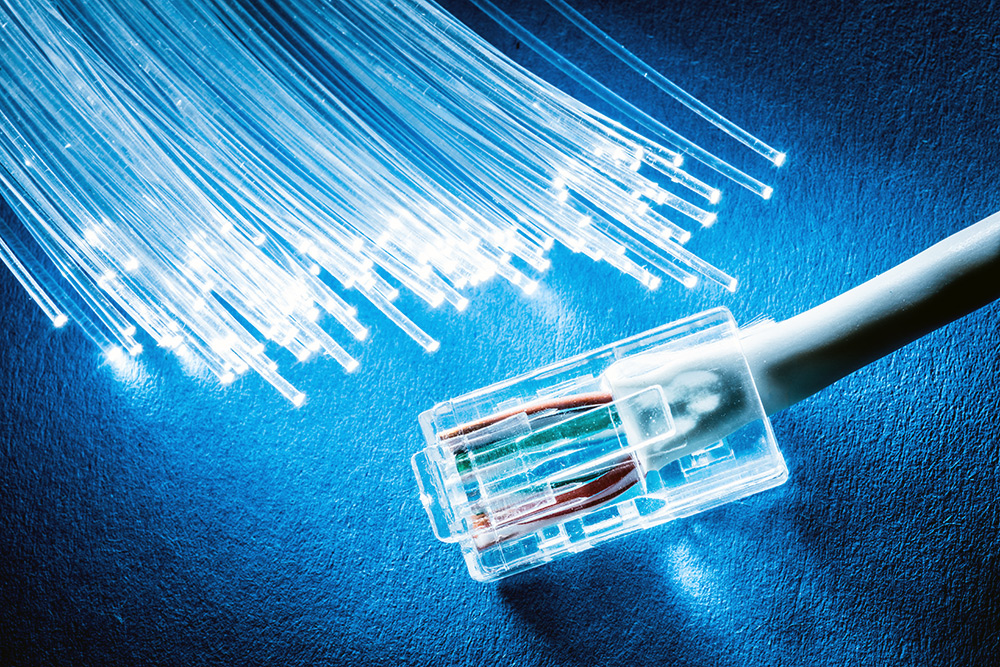In recent years, fiber optics has emerged as a cornerstone technology in a multitude of sectors. As we delve into the latest applications of fiber optics, it is essential to consider its remarkable adaptability and transformative potential. This exploration will encompass telecommunications, medical technologies, industrial applications, and emerging research, highlighting the multifaceted roles fiber optics plays in modern innovation.
The most conspicuous application of fiber optics persists within the realm of telecommunications. The advent of 5G technology has catalyzed unprecedented advancements, prominently utilizing fiber optic systems to enhance network performance. The integration of optical fibers within cellular infrastructure facilitates high data transfer rates and minimal latency. This innovation is not merely an incremental improvement; it represents a paradigm shift in how data is transmitted. Fiber optic cables can transmit and receive signals over vast distances without the degradation common to traditional copper cables, making them ideal for the expansive requirements of contemporary telecommunications.
Furthermore, the importance of fiber optics becomes increasingly pronounced with the proliferation of the Internet of Things (IoT). As smart devices proliferate, the need for robust and reliable data transmission becomes paramount. Fiber optics provides the backbone for smart cities, allowing for the seamless integration of various systems—from transportation to energy management. The ability to transfer large volumes of data rapidly and efficiently renders fiber optics indispensable for the functioning of interconnected devices, ensuring that real-time analytics can be conducted without interruption.
In addition to telecommunications, the medical field has experienced a significant evolution owing to fiber optic technology. One of its most transformative uses lies in the area of minimally invasive surgery. Fiber optic endoscopy has revolutionized how surgeons visualize and operate on internal organs. These flexible fibers allow for high-resolution imaging and precise manipulation without the need for extensive incisions. The convergence of fiber optics and imaging technologies, such as high-definition video and fluorescence, empowers clinicians to achieve better outcomes with reduced recovery times for patients.
Moreover, the use of fiber optics extends into the realm of diagnostics. Photonic sensors embedded within fiber optic cables can monitor various physiological parameters such as temperature, pressure, and biochemical compositions. This application has significant implications for continuous health monitoring. For instance, wearable fiber optic devices can track vital signs in real-time, providing patients with immediate feedback and allowing for early detection of potential health issues.
Beyond medical applications, fiber optics has also made inroads into industrial applications. Various industries, including aerospace, automotive, and manufacturing, leverage fiber optic sensors for structural monitoring and quality control. These sensors can detect minute changes in mechanical integrity, offering a level of precision previously unattainable with traditional methods. For instance, in the aerospace industry, real-time structural health monitoring ensures the safety and reliability of aircraft, ultimately enhancing operational efficiencies and reducing costs.
As industries evolve, the emergence of fiber optics in automation and robotics cannot be overlooked. The incorporation of fiber optic sensors into robotic systems facilitates enhanced data acquisition and processing capabilities. This development enhances the communication between different robotic components, leading to faster processing times and more reliable operations. This is particularly relevant for manufacturing environments where robots must work in tandem to complete complex tasks efficiently and accurately.
Furthermore, the exploration of fiber optics is witnessing exciting advancements in the realm of quantum computing. Quantum communication systems utilize fiber optics to transmit qubits—fundamental units of quantum information—over considerable distances. This application is pivotal for developing secure communication networks resistant to eavesdropping and hacking. The intricacies of quantum entanglement and superposition, when combined with the robustness of fiber optics, promise to revolutionize how data and information are secured in the digital age.
Research efforts also extend to the development of photonic integrated circuits (PICs), which leverage fiber optics to create more compact and efficient devices for a multitude of applications, including telecommunications and signal processing. PICs embody the confluence of light and electronics, enabling higher levels of integration and performance across many platforms. This miniaturization and heightened efficiency position fiber optics at the forefront of future technological innovations.
In conclusion, fiber optics has transitioned from a specialized application to a foundational technology impacting a diverse array of fields. As we navigate this rapid technological evolution, the significance of fiber optics in enhancing telecommunications, improving medical outcomes, optimizing industrial processes, and facilitating groundbreaking research cannot be overstated. The future promises even further expansions into untapped domains, ensuring that fiber optics will remain integral to technological advancement for years to come. From smart cities to healthcare and beyond, the latest applications underscore fiber optics’ unique capability to drive innovation and improve quality of life in a connected world.










